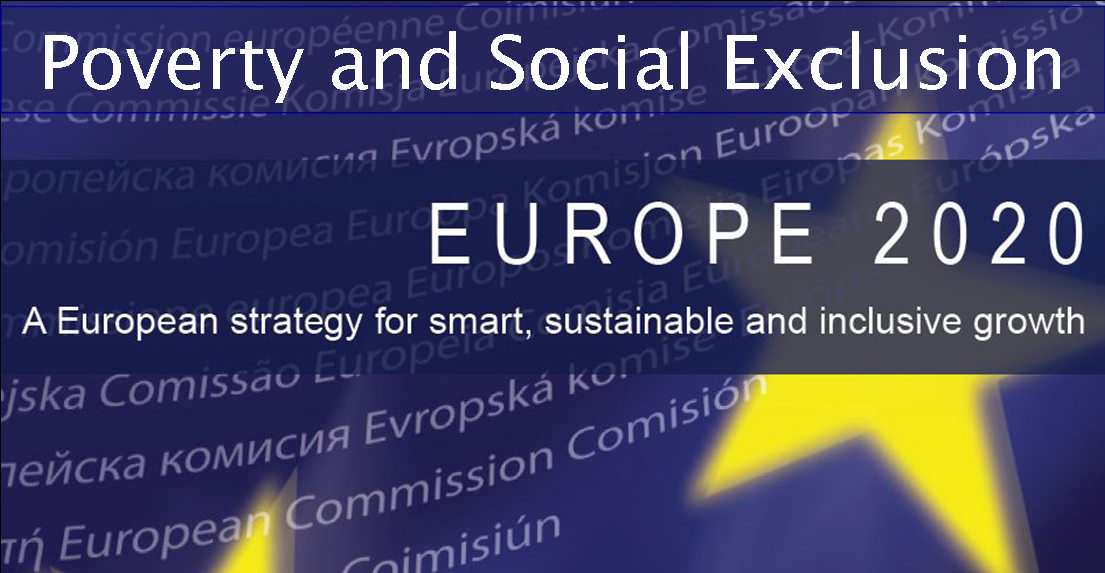
Social inclusion has long been a key part of the European Union‘s (EU’s) policies. The overriding goal of EU policy in this area is to reduce substantially the number of people at-risk-of-poverty or social exclusion, thereby creating a more inclusive society.
However, as multi-dimensional concepts, poverty and social exclusion cannot easily be measured through statistics. As a result, both monetary and non-monetary indicators have been developed. The at-risk-of-poverty rate is the share of people with an equivalised disposable income (after social transfer) below the at-risk-of-poverty threshold, which is set at 60 % of the national median equivalised disposable income after social transfers. This indicator does not measure wealth or poverty, but low income in comparison to other residents in that country, which does not necessarily imply a low standard of living.
The following file can be used by students in order to prepare the report for the European Active Citizenhip Memorandum. It´s a compilation of statistics by country collected from Eurostat.

More info: